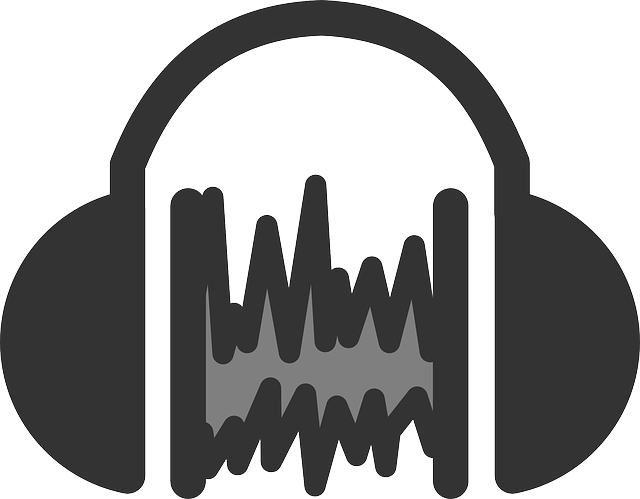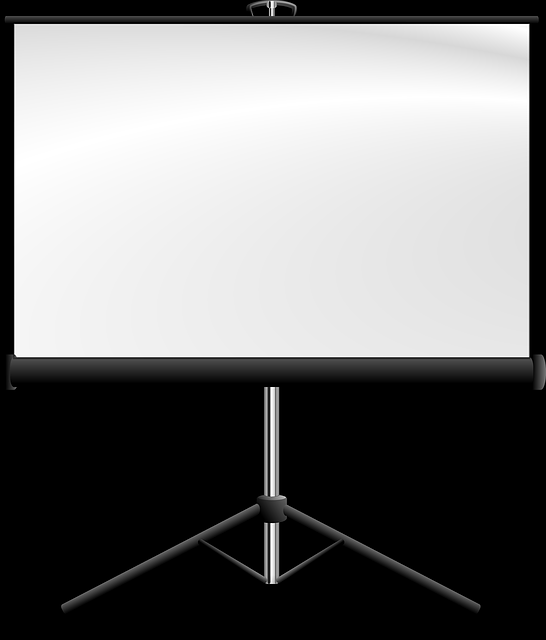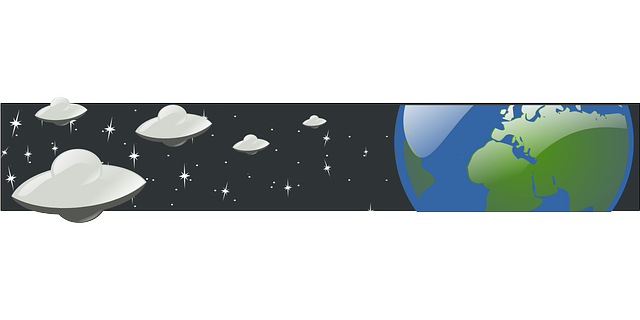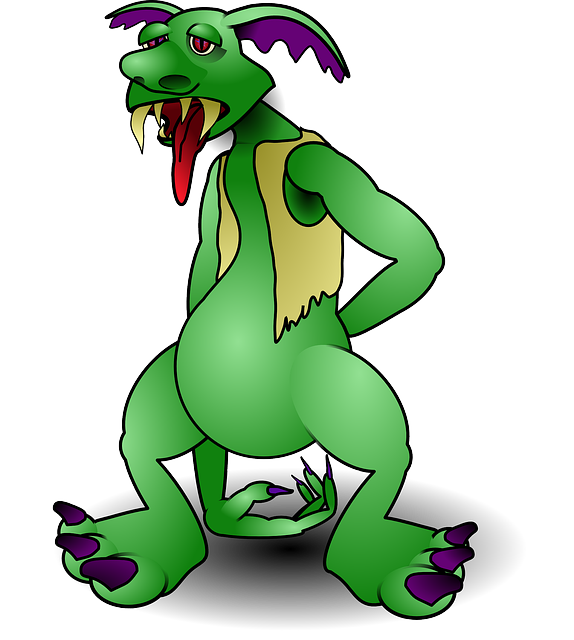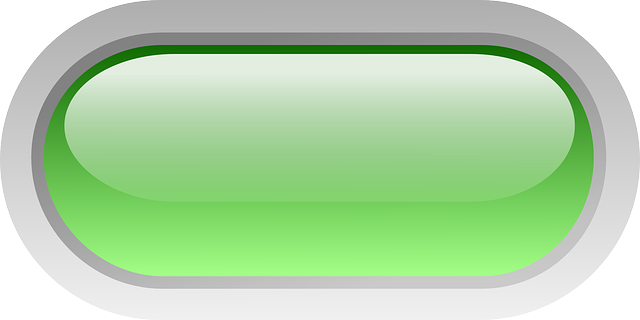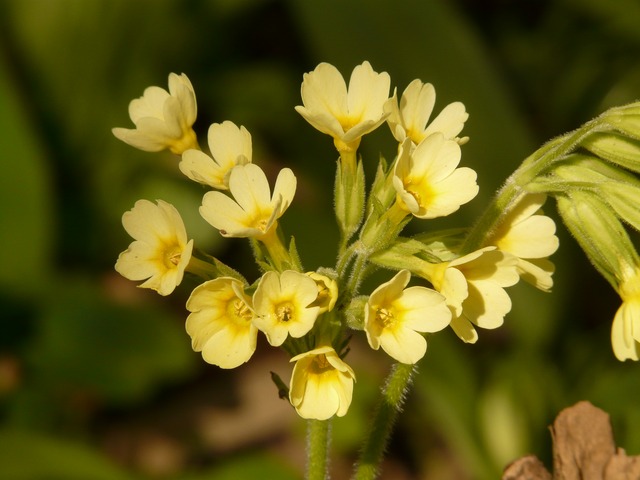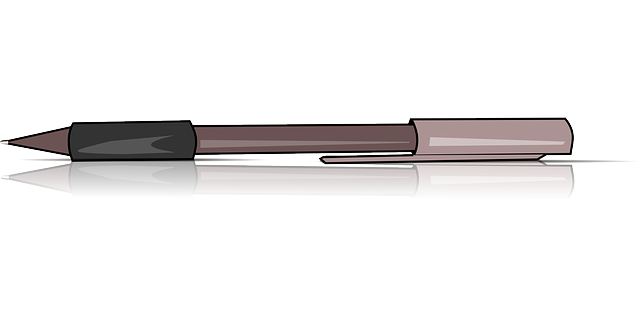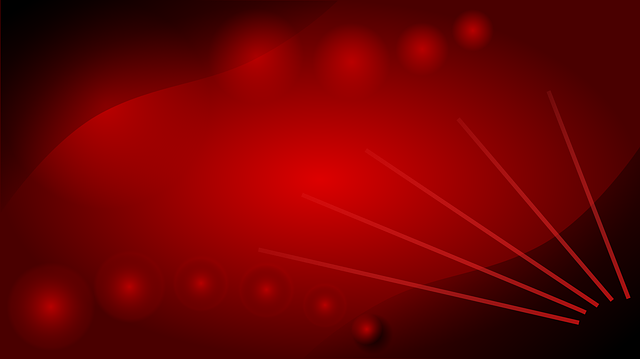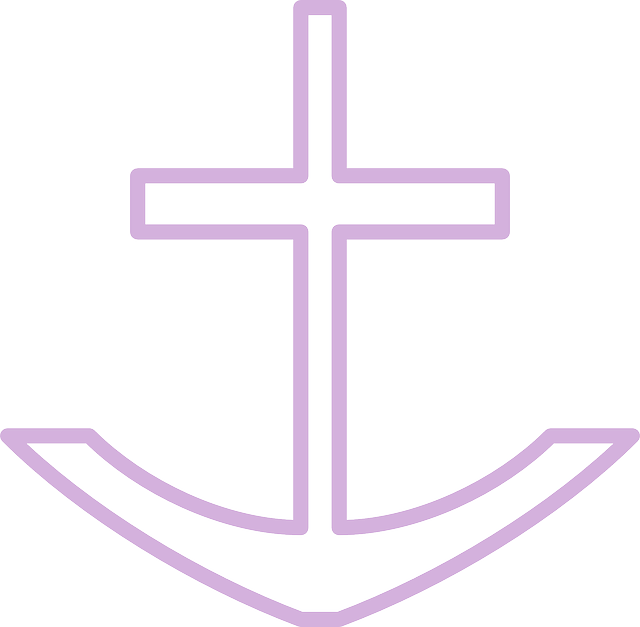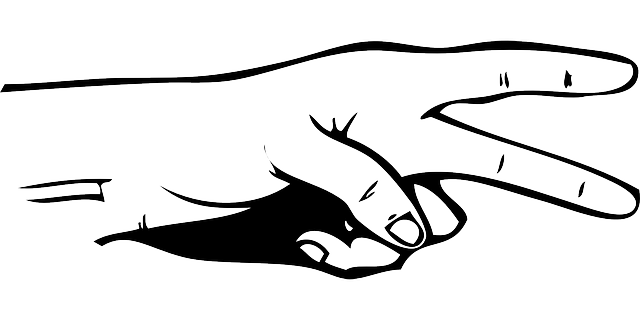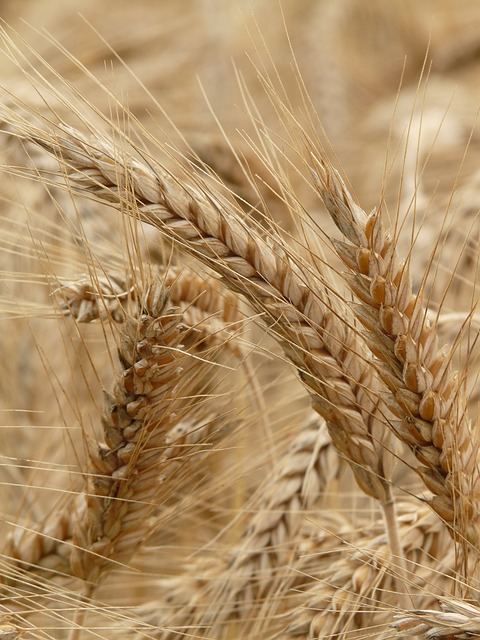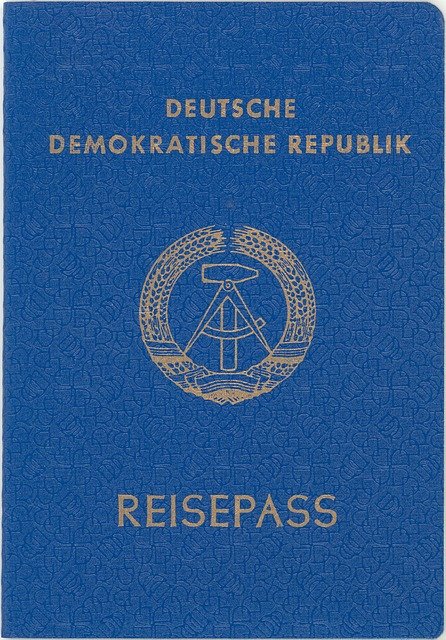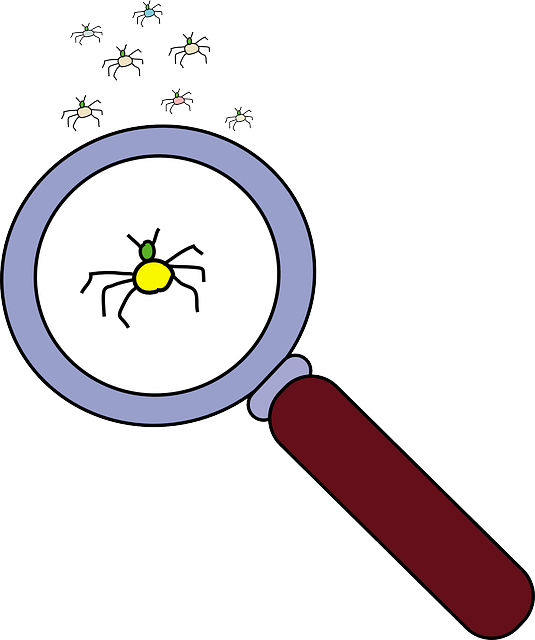صداع
|
| |
|---|---|
| استجابة شائعة عند الشعور بالصداع، بالضغط على الجبهة باحدى اليدين | |
| ICD-10 | G43.-G44., R51. |
| ICD-9 | 339, 784.0 |
| DiseasesDB | 19825 |
| MedlinePlus | 003024 |
| eMedicine | neuro/517 neuro/70 |
| MeSH | D006261 |
الصداع headache، هوألم في أي مكان في منطقة الرأس أوالرقبة. ويمكن حتىقد يكون الصداع عرض لمشكلات مختلفة في الرأس أوالرقبة. وأنسجة المخ نفسها غير حساسة للألم لأنها لا تحتوي على مستقبلات الألم. بالاضافة إلى حتى سبب الألم قد يرجع لإضطراب البنى الحساسة للألم حول المخ. توجد البنى الحساسة للألم في الكثير من مناطق الرقبة والرأس، والتي تنقسم إلى نوعين: داخل الجمجمة (أوعية دموية، سحايا، وأعصاب الجمجمة) وخارج الجمجمة (الغشاء العظمي الهيكلي، العضلات، الأعصاب، الأوردة والشرايين، الأنسجة تحت الجلد، العين، الأذن، الجيوب والأغشية المخاطية).
ويوجد عدد من أنظمة التصنيف المتنوعة للصداع. أشهرها الجمعية الدولية للصداع. ويعتمد علاج الصداع على المسببات الكامنة وراء حدوثه، ولكن أكثرها شيوعا المسكنات
وهناك نوعان رئيسيان من الصداع: الحاد، والمزمن. والصداع الحاد نادر الحدوث ويستمر لوقت قصير في الغالب. ومعظم الأشخاص الذين يعانون من الصداع الحاد، يسعون لاستشارة الطبيب، بسبب قلقهم من استمرار الصداع الحاد. وفي معظم الحالات فإن الراحة وعدم تعاطي العقاقير، يمكن حتى يؤديا إلى إزالة متاعب المريض. أما الصداع المزمن فيحدث بصورة منتظمة، وقد يستمر لبضعة أيام.
وأكثر أنواع الصداع المزمن شيوعًا هي الشقيقة (الصداع النصفي)، والصداع التوتري.
التصنيف
Headaches are most thoroughly classified by the International Headache Society's International Classification of Headache Disorders (ICHD), which published the second edition in 2004. This classification is accepted by the WHO.
Other classification systems exist. One of the first published attempts was in 1951. The National Institutes of Health developed a classification system in 1962.[]
Headaches can also be classified by severity and acuity of onset. Headaches that are sudden and severe are known as thunderclap headaches.
ICHD-2
The International Classification of Headache Disorders (ICHD) is an in-depth hierarchical classification of headaches published by the International Headache Society. It contains explicit (operational) diagnostic criteria for headache disorders. The first version of the classification, ICHD-1, was published in 1988. The current revision, ICHD-2, was published in 2004.
The classification uses numeric codes. The top, one-digit diagnostic level includes 14 headache groups. The first four of these are classified as primary headaches, groups 5-12 as secondary headaches, cranial neuralgia, central and primary facial pain and other headaches for the last two groups.
NIH
The NIH classification consists of brief definitions of a limited number of headaches.
التصنيف المتباين
There are over 200 types of headache, and the causes range from harmless to life-threatening. The description of the headache, together with findings on neurological examination, determines the need for any further investigations and the most appropriate treatment.
الأسباب القياسية
The commonest types of headache are the "primary headache disorders", such tension-type headache and migraine. They have typical features; migraine, for example, tends to be pulsating in character, affecting one side of the head, associated with nausea, disabling in severity, and usually lasts between ثلاثة hours and ثلاثة days. Rarer primary headache disorders are trigeminal neuralgia (a shooting face pain), cluster headache (severe pains that occur together in bouts), and hemicrania continua (a continuous headache on one side of the head).
الأسباب الثانوية
Headaches may be caused by problems elsewhere in the head or neck. Some of these are not harmful, such as cervicogenic headache (pain arising from the neck muscles). Medication overuse headache may occur in those using excessive painkillers for headaches, parodoxically causing worsening headaches.
A number of characteristics make it more likely that the headache is due to potentially dangerous secondary causes; some of these may be life-threatening or cause long-term damage. A number of "red flag" symptoms therefore means that a headache warrants further investigations, usually by a specialist. The red flag symptoms are a new or different headache in someone over 50 years old, headache that develops within minutes (thunderclap headache), inability to move a limb or abnormalities on neurological examination, mental confusion, being woken by headache, headache that worsens with changing posture, headache worsened by exertion or Valsalva manoeuvre (coughing, straining), visual loss or visual abnormalities, jaw claudication (jaw pain on chewing that resolves afterwards), neck stiffness, fever, and headaches in people with HIV, cancer or risk factors for thrombosis.
"Thunderclap headache" may be the only symptom of subarachnoid hemorrhage, a form of stroke in which blood accumulated around the brain, often from a ruptured [[Intracranial berry aneurysm|brain aneurysm. Headache with fever may be caused by meningitis, particularly if there is meningism (inability to flex the neck forward due to stiffness), and confusion may be indicative of encephalitis (inflammation of the brain, usually due to particular viruses). Headache that is worsened by straining or a change in position may be caused by increased pressure in the skull; this is often worse in the morning and associated with vomiting. Raised intracranial pressure may be due to brain tumors, idiopathic intracranial hypertension (IIH, more common in younger overweight women) and occasionally cerebral venous sinus thrombosis. Headache together with weakness in part of the body may indicate a stroke (particularly intracranial hemorrhage or subdural hematoma) or brain tumor. Headache in older people, particularly when associated with visual symptoms or jaw claudication, may indicate giant cell arteritis (GCA), in which the blood vessel wall is inflamed and obstructs blood flow. Carbon monoxide poisoning may lead to headaches as well as nausea, vomiting, dizziness, muscle weakness and blurred vision. Angle closure glaucoma (acute raised pressure in the eyeball) may lead to headache, particularly around the eye, as well as visual abnormalities, nausea, vomiting and a red eye with a dilated pupil.
الفيسيولوجيا السقمية
The brain in itself is not sensitive to pain, because it lacks pain receptors. However, several areas of the head and neck do have nociceptors, and can thus sense pain. These include the extracranial arteries, large veins, cranial and spinal nerves, head and neck muscles and the meninges.
Headache often results from traction to or irritation of the meninges and blood vessels. The nociceptors may also be stimulated by other factors than head trauma or tumors and cause headaches. Some of these include stress, dilated blood vessels and muscular tension. Once stimulated, a nociceptor sends a message up the length of the nerve fiber to the nerve cells in the brain, signaling that a part of the body hurts.
It has been suggested that the level of endorphins in one's body may have a great impact on how people feel headaches. Thus, it is believed that people who suffer from chronic headaches or severe headaches have lower levels of endorphins compared to people who do not complain of headaches.
أنواع الصداع
قد قد يكون الصداع سببه غير عضوي بسبب تغيرات فسيولوجية (وظيفية ) في مناطق معينة من الرأس كالأوعية الدموية والعضلات. وليس بسبب سقم أوإصابة .وتتجاوز نسبة وقوعه 90% من حالات الصداع كالصداع النصفي والصداع التوتري والصداع العنقودي وصداع الجوع والصداع الإكتئاب النفسي .ومن الأسباب الشائعة لتولد الصداع وضع الرأس لمدة طويلة في اتجاه واحد ووضع ثابت ، كما في الجلوس أمام الحاسوب والآلة المحررة والميكروسكوب أوبسبب الإجهاد المرهق وقلة النوم والكز علي الأسنان . والصداع التوتري Tension headache يظهر في جانبي الرأس وعادة يبدأ من خلفها وينتشر للأمام وقد يظهر الألم مكتوما كأن المكان مربوط بإحكام . ويمكن حتى يشعر الشخص بتصلب الكتف أوالرقبة اوالفك .وعلاجه هوحل المشاكل النفسية وتناول المهدئات المناسبة .ويوجد صداع العنقود Cluster headache وهوحاد ومؤلم جدا ويحدث عدة مرات في اليوم ولمدة شهور وينصرف لمدة مماثلة . وهذا النوع ليس شائعا . وهناك صداع التهاب الجيوب الأنفية Sinus headacheوسببه الالتهابات الجرثومية والفيروسية للجيوب الأنفية . فيسبب ألما في مقدمة الراس والوجه وبسبب التهابات في ممرات الجيوب الأنفية التي تقع خلف الخدين والأنف والعينين .فنشعر بالم أشد عندما ننحني للأمام أوعندما نستيقظ من النوم صباحا أوفي حالة الرشح الأنفي أوالتهاب الحلق . وهذا الصداع يظهر على شكل الإحساس بثقل أوألم يزداد أثناء ساعات النهار. ويتم العلاج بتناول العقاقير المسكنة ومضادات الاحتقان الأنفي. وأخذ حمام ساخن أواستنشاق الأبخرة لتخفيف حدة الصداع. وإذا استمر الصداع ،فقد يحتاج الأمر إلى تدخل جراحى وعملية بزل. والصداع قد نشعر به عندما نصاب بنزلة برد أوحمي أوفي حالة ماقبل نزول الطمث لدي السيدات .ولوكان الصداع لأول مرة لدي من هم فوق الخمسين عاما فقد يحدث سببه التهاب شرياني صدغي Temporal arteritis يسبب زغللة في الرؤية وألم اثناء المضغ وهذا النوع قد يؤدي للعمي لولم يعالج بواسطة الطبيب المختص وعادة يعالج بالإستيرويدات steroids ليساعد في منع العمي . وهناك اسباب نادرة تسبب الصداع كنزيف المخ أوورم به أوالتهاب الحمي الشوكية اوالالتهاب أوالجلطة اوالعدوي بالمخ .
الشقيقة
واحد من أقسى أنواع الصداع، وأشدها. ويطلق عليه أيضًا الصداع السقمي بسبب الألم الذيقد يكون مصحوبًا بالغثيان والتقيؤ. وقد يحدث سبب الصداع النصفي التمدد المتزايد، أوالتورم، أوخفقان شرايين الرأس. وقد تؤدي بعض الأطعمة مثل، الشوكولاتة، وبعض أنواع الجبن، إلى حدوث سقم الصداع النصفي لدى بعض الأشخاص.
ويتكرر الصداع النصفي من حين لآخر، ويكون مؤلمًا في معظم الأحوال حتى يضطر المريض إلى ملازمة الفراش. وقد يعاود الصداع النصفي سقماه مرتين أوثلاث مرات أسبوعيًا. وفي أحوال أخرى فقد تعاود نوبات الصداع النصفي المريض عدة أشهر، بل أحيانًا سنوات متباعدة. وبالنسبة لمعظم سقمى الصداع النصفي، فإن نوبة الصداع النصفي تحدث بطريقة واحدة؛ فقبل حتى يبدأ الألم، قد يرى المريض أضواء متوهجة كالومض الخاطف، أويرى المريض بقعة مظلمة في مجال الرؤية. وغالبًا مايصيب الألم جانبًا واحدًا من الرأس، ويعقب ذلك الشعور بالغثيان، والميل للتقيؤ. وبعض السقمى يميلون للبكاء، وتفرز عيونهم دموعًا غزيرة، على الرغم منهم. وقد يحدث هناك عدم وضوح في الرؤية (الزغللة)، أويحدث تنميل في الأطراف بالذراع أوالأرجل.
ويقوم الأطباء في لقاءة الصداع النصفي بوصف عقاقير مختلفة للمساعدة على تقليل ورم الشرايين الدماغية خلال نوبة الصداع النصفي. وقد يلجأ بعض سقمى الصداع النصفي إلى استخدام أسلوب التغذية الحيوية المرتدة، وهوأسلوب للتحكم في العمليات غير الإرادية والتي تحدث في جسم الإنسان. انظر: التغذية الحيوية المرتدة. ومن خلال أسلوب التغذية الحيوية المرتدة يمكن لسقمى الصداع النصفي تفهم كيفية حمل درجة حرارة الجسم بأنفسهم، وبأيديهم، دون معاونة. وهذا الأسلوب من شأنه حتى يقلل من اندفاع الدم بصورة غير مباشرة إلى فروة الرأس، وهويعني تقليل انقباضات وخفقان الشرايين الدماغية.
الصداع التوتري
وهوأكثر أنواع الصداع شيوعًا، وهويرتبط بازدياد توتر عضلات الوجه. فعندماقد يكون الشخص متوترًا، أومتعبًا، أوواقعًا تحت تأثير توتر بدني، أوذهني، فإن هذه العضلات تنكمش وهوماينتج عنه صداع توتري. ويعاني المريض من ألم في الرأس، أوفي مؤخرة الرأس والعنق. ويمكن تخفيف حدة الصداع التوتري باستخدام عقاقير لتخفيف حدة الألم أوبمسكِّن. ويمكن أيضًا حتى يفيد العلاج بالتغذية الحيوية المرتدة.
صداع الأطفال
الصداع لدي الأطفال أحد الأسباب الرئيسية التي تستدعي عرضهم علي الطبيب. لأن مسببات الصداع لديهم عديدة.فالأطفال دائما يشكون من الصداع بمعدل حوالي 7% منهم و15% من اليافعين . والصداع يمكن حتى يؤثر سلبا علي أنشطة الطفل . فالأطفال الذين يعانون من الصداع النصفي . لا تشخص حالتهم بدقة لهذا لايعالجون . ولابد من تتبع تاريخ السقم وعدد حالات حدوثه ومدة استمراريته وشدته والأعراض المصاحبة له . وهل في تاريخ العائلة حالات صداع نصفي ؟.لأن هذا مؤشر لتشخيصه .والأطفال الذين يعانون من الصداع النصفي لديهم تاريخ مسبق من المعاناة من سقم الحركة والدوار vertigo وزغللة بالعين . ويعاني 5% من الأطفال و17 % من اليافعين من الصداع النصفي . و60 % من الأطفال الذين يعانون من الصداع النصفي من الذكور و70 % منهم لهم تاريخ أسري للصداع النصفي في العائلة . والأطفال غالبية صداعهم النصفي من النوع العادي الذي لايؤثر علي الحركة والرؤية عكس الصداع النصفي التقليدي الذي يسبب زغللة في العين ووهن في العضلات .والأطفال الذين يعانون من التهاب الجيوب الأ نفية 15% منهم يعانون من الصداع المتردد الذيقد يكون سيئا في الصباح أوالذي يحدث في نفس الوقت جميع يوم . والألم يتغير حسب وضع الرأس . وقد يقع بالعينين . ويستمر الرشح والإحتقان والكحة لأكثر منعشرة أيام وقد تظهر الحمي . ويمكن ظهور الصداع نتيجة التربنة اوخبطة بالراس وقد يحدث حادا وقد يستمر لعدة شهور. وقد يحدث بسبب الصرع.
أسلوب التشخيص
The American College of Emergency Physicians have guidelines on the evaluation and management of adult patients who have a nontraumatic headache of acute onset.
While, statistically, headaches are most likely to be primary (non serious and self-limiting), some specific secondary headache syndromes may demand specific treatment or may be warning signals of more serious disorders.[] Differentiating between primary and secondary headaches can be difficult.
As it is often difficult for patients to recall the precise details regarding each headache, it is often useful for the sufferer to fill-out a "headache diary" detailing the characteristics of the headache.
التصوير
When the headache does not clearly fit into one of the recognized primary headache syndromes or when atypical symptoms or signs are present then further investigations are justified. Neuroimaging (noncontrast head CT) is recommended if there are new neurological problems such as decreased level of consciousness, one sided weakness, pupil size difference, etc. or if the pain is of sudden onset and severe, or if the person is known HIV positive. People over the age of 50 years may also warrant a CT scan.
العلاج
الصداع الحاد
ليس جميع الصداعات بحاجة إلى انتباهٍ طبي، ومعظمها يستجيب للمسكنات (مسكنات الألم) البسيطة مثل الباراسيتامول/أسيتامينوفين أومضادات الالتهاب غير الستيرويدية NSAID كالأسبرين أوالإيبوبروفين أوديكلوفيناك .[]
الصداع المزمن
In recurrent unexplained headaches keeping a "headache diary" with entries on type of headache, associated symptoms, precipitating and aggravating factors may be helpful. This may reveal specific patterns, such as an association with medication, menstruation or absenteeism or with certain foods. It was reported in March 2007 by two separate teams of researchers that stimulating the brain with implanted electrodes appears to help ease the pain of cluster headaches.
Acupuncture has been found to be beneficial in chronic headaches of both tension type and migraine type. Whether or not there is a difference between true acupuncture and sham acupuncture however is yet to be determined.
One type of treatment, however, is usually not sufficient for chronic sufferers and they may have to find a variety of different ways of managing, living with, and seeking treatment of chronic daily headache pains.
There are however two types of treatment for chronic headaches meaning acute abortive treatment and preventive treatment. Whereas the first is aimed to relieve the symptoms immediately, the latter is focused on controlling the headaches that are chronic. From this reason, the acute treatment is commonly and effectively used in treating migraines and the preventive treatment is the usual approach in managing chronic headaches. The primary goal of preventive treatment is to reduce the frequency, severity, and duration of headaches. This type of treatment involves taking medication on a daily basis for at least ثلاثة months and in some cases, for overستة months. The medication used in preventive treatment is normally chosen based on the other conditions that the patient is suffering from. Generally, medication in preventive treatment starts at the minimum dosage which increases gradually until the pain is relieved and the goal achieved or until side effects appear.
To date, only amitriptyline, fluoxetine, gabapentin, tizanidine, topiramate, and botulinum toxin type A (BoNTA) have been evaluated as "prophylactic treatment of chronic daily headache in randomized, double-blind, placebo-controlled or active comparator-controlled trials. Antiepileptics can be used as preventative treatment of chronic daily headache and includes Valproate.
وعادةً، تؤخذ العلاجات السيكولوجية (النفسية) بعين الاعتبار لدى السقمى الذين يعانون من تداخلات سقمية أولدى أولئك الذين لا يسجيبون للدواء.
فهم الأوبئة
During a given year, 90% of people suffer from headaches. Of the ones seen in the ER, about 1% have a serious underlying problem.
التاريخ
المصادر
- ^ "headache" في قاموس دورلاند الطبي
- ^ "216.25.100.131" (PDF). the Headache Classification Subcommittee of the International Headache Society.
- ^ Olsen et al., p. 9-11
-
^ BROWN MR (1951). "The classification and treatment of headache". Med. Clin. North Am. 35 (5): 1485–93. PMID 14862569. Unknown parameter
|month=ignored (help) - ^ http://www.mayoclinic.com/health/thunderclap-headaches/DS00644
- ^ Jes Olesen, Peter J. Goadsby, Nabih M. Ramadan, Peer Tfelt-Hansen, K. Michael A. Welch (2005). The Headaches (3 ed.). Lippincott Williams & Wilkins. ISBN .CS1 maint: multiple names: authors list (link)
- ^ Morris Levin, Steven M. Baskin, Marcelo E. Bigal (2008). Comprehensive Review of Headache Medicine. Oxford University Press US. ISBN .CS1 maint: multiple names: authors list (link)
-
^ خطأ استشهاد: وسم
<ref>غير سليم؛ لا نص تم توفيره للمراجع المسماةLevine et al., p 60 - ^ Scottish Intercollegiate Guideline Network (November 2008). . Edinburgh. ISBN .
- ^ Edlow JA, Panagos PD, Godwin SA, Thomas TL, Decker WW (2008). "Clinical policy: critical issues in the evaluation and management of adult patients presenting to the emergency department with acute headache". Ann Emerg Med. 52 (4): 407–36. doi:10.1016/j.annemergmed.2008.07.001. PMID 18809105. Unknown parameter
|month=ignored (help)CS1 maint: multiple names: authors list (link) - ^ "Headache - Pathophysiology". Retrieved June 21, 2010.
- ^ "الصداع". الموسوعة المعهدية الكاملة.
- ^ Detsky ME, McDonald DR, Baerlocher MO, Tomlinson GA, McCrory DC, Booth CM. Does this patient with headache have a migraine or need neuroimaging? JAMA 2006;296:1274–83
- ^ Brain Stimulation May Ease Headaches. Reuters, March 9, 2007.
-
^ Sun Y, Gan TJ (2008). "Acupuncture for the management of chronic headache: a systematic review". Anesth. Analg. 107 (6): 2038–47. doi:10.1213/ane.0b013e318187c76a. PMID 19020156. Unknown parameter
|month=ignored (help) - ^ Linde, K.; Allais, G.; Brinkhaus, B.; Manheimer, E.; Vickers, A.; White, AR.; Linde, Klaus (2009). "Acupuncture for tension-type headache". Cochrane Database Syst Rev (1): CD007587. doi:10.1002/14651858.CD007587. PMID 19160338.
- ^ Linde, K.; Allais, G.; Brinkhaus, B.; Manheimer, E.; Vickers, A.; White, AR.; Linde, Klaus (2009). "Acupuncture for migraine prophylaxis". Cochrane Database Syst Rev (1): CD001218. doi:10.1002/14651858.CD001218.pub2. PMID 19160193.
- ^ "Chronic Headache Treatments". Retrieved June 21, 2010.
- ^ "Pathophysiology and Treatment of Migraine and Related Headache". Retrieved June 21, 2010.
- ^ "Pathophysiology and Treatment of Migraine and Related Headache". Retrieved June 21, 2010.
- ^ Amal Mattu; Deepi Goyal; Barrett, Jeffrey W.; Joshua Broder; DeAngelis, Michael; Peter Deblieux; Gus M. Garmel; Richard Harrigan; David Karras; Anita L'Italien; David Manthey (2007). Emergency medicine: avoiding the pitfalls and improving the outcomes. Malden, Mass: Blackwell Pub./BMJ Books. p. 39. ISBN .CS1 maint: multiple names: authors list (link)
قراءات إضافية
-
Gorman, Christine (7 October 2002). The New Science of Headaches. Time. Archived from the original. You must specify the date the archive was made using the
|archivedate=parameter. http://www.time.com/time/covers/1101021007/story.html. Retrieved on 22 February 2010
وصلات خارجية
- National Headache Foundation
- IHS - The International Headache Classification (ICHD-2)
- American Headache Society
- Withdrawal related headache information
- HealthyCase - Headache or Cephalalgia


